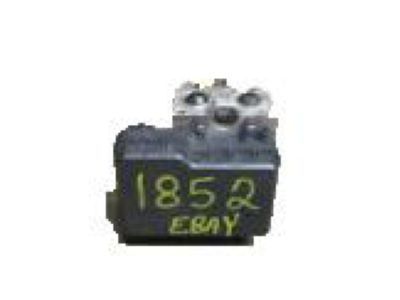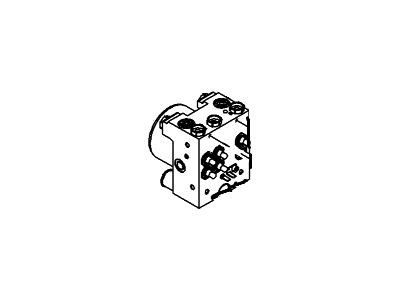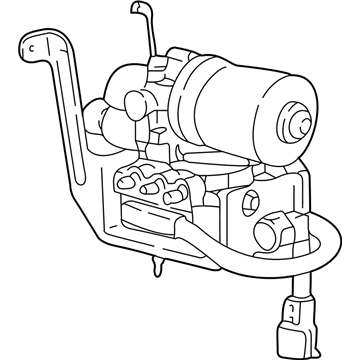

My Garage
My Account
Cart
Genuine Ford Ranger ABS Pump And Motor Assembly
Anti Brake System Pump And Motor- Select Vehicle by Model
- Select Vehicle by VIN
Select Vehicle by Model
orMake
Model
Year
Select Vehicle by VIN
For the most accurate results, select vehicle by your VIN (Vehicle Identification Number).
6 ABS Pump And Motor Assemblys found
Ford Ranger UNIT ASY - CONTROL
Part Number: HB3Z-2C405-A$947.41 MSRP: $1409.83You Save: $462.42 (33%)Ships in 1-3 Business Days
Ford Ranger ABS Pump And Motor Assembly
We provide a wide range of Ford Ranger ABS Pump And Motor Assembly at the best prices possible. If you need Ford Ranger ABS Pump And Motor Assembly, you can shop with confidence on our website. All our OEM parts come with a manufacturer's warranty and are delivered to your door step with a fast delivery service.
Ford Ranger ABS Pump And Motor Assembly Parts Questions & Experts Answers
- Q: What Are the Service Procedures for the Anti-lock Brake System,ABS Control Module and ABS Pump And Motor Assembly on 2000-2011 Ford Ranger?A:Some variants come equipped with an Anti-lock Brake System (ABS), with early and later models of 2WD possessing a rear wheel ABS, while more modern and 4WD equipped models possess a 4-wheel ABS. The ABS is aimed at improving vehicle lateral control, direct control and reduction of speed through cut-off of breaking system in case of extreme limit of deceleration. The rear anti-lock brake system comprises of the computer module, the anti-lock brake valve, the exciter ring and the sensor as described hereunder; To de-service RABS module, first turn off the negative terminal of the battery, second is to remove the center finish panel, third is to deploy the upper tab of the module and disconnect the electrical connectors, lastly, just install it in the reverse manner. RABS valve requires the detachment of brake lines and electrical connection, unscrewing the appropriate screw and vice versa, placing the valve, screwing the fastening screw and connecting the electrical connection. The speed sensor is at the rear axle housing, and prior to its removal, the area must be cleaned, and a new O-ring seal must be used for the sensor. The good news is that it only transmits through the rear axle, which of course means that the exciter ring needs to be taken apart to be serviced. The 4-wheel ABS hydraulic control unit is positioned in the engine bay and controls the brake fluid pressure to avoid the lock-up of the wheels. Speed inputs for the wheels are obtained through variable-reluctance sensors which in turn produce signals that go to the brake control module that also contains self-diagnostic features. Illumination signs give signals to the driver about a problem and the preliminary inspections a home mechanic can do are inspecting levels of the brake fluid and looking at the electrical connections. If the issues do not disappear, professional diagnosis and repair are advised because of the complexity of the system.
Related Ford Ranger Parts
Browse by Year
2023 ABS Pump And Motor Assembly 2022 ABS Pump And Motor Assembly 2021 ABS Pump And Motor Assembly 2020 ABS Pump And Motor Assembly 2011 ABS Pump And Motor Assembly 2010 ABS Pump And Motor Assembly 2009 ABS Pump And Motor Assembly 2008 ABS Pump And Motor Assembly 2007 ABS Pump And Motor Assembly 2006 ABS Pump And Motor Assembly 2005 ABS Pump And Motor Assembly 2004 ABS Pump And Motor Assembly
















